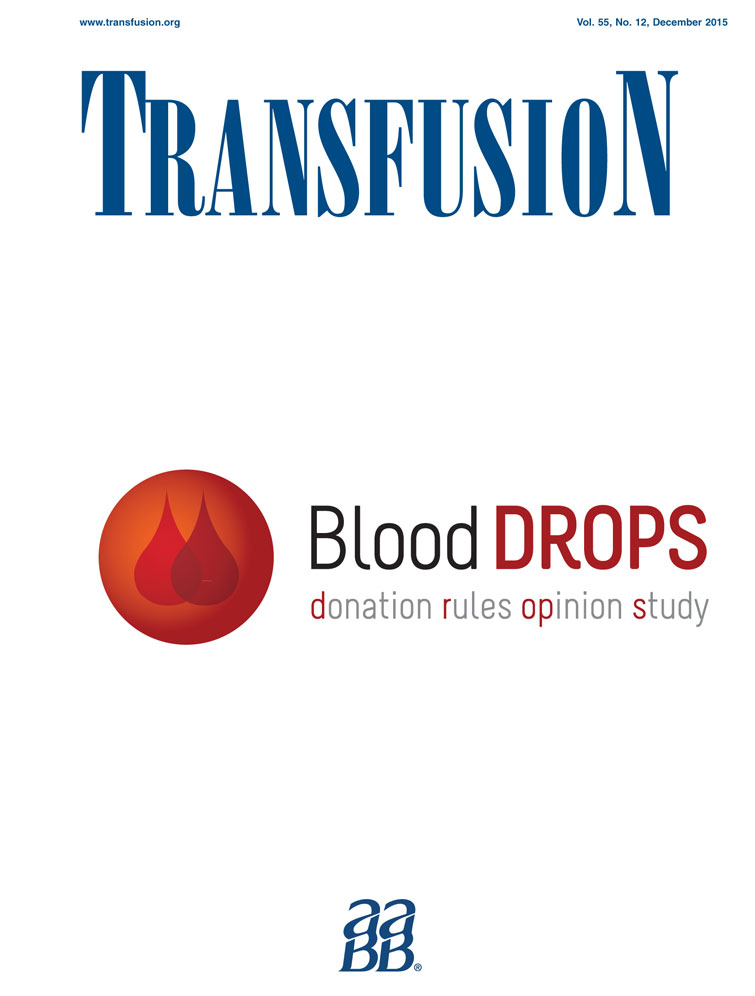Drug-induced immune hemolytic anemia associated with anti-carboplatin and the first example of anti-paclitaxel
Abstract
BACKGROUND
Combined chemotherapy with carboplatin and paclitaxel is first-line treatment for lung and ovarian cancer. Drug-induced antibodies to carboplatin are rare but can cause severe, even fatal, hemolysis. Paclitaxel-induced immune hemolysis has not been reported. We describe a case of immune-mediated hemolysis associated with antibodies to carboplatin and paclitaxel in a woman with ovarian cancer who had received multiple chemotherapeutic agents over 7 years, including several courses of these two drugs. She required many transfusions. During a chemotherapy infusion the patient became hypotensive, was pale, and had rigors and red urine. The nadir hematocrit was 12.4%; peak bilirubin and lactate dehydrogenase were 16.3 mg/dL and 1188 units/L, respectively.
STUDY DESIGN AND METHODS
Blood samples collected within hours after chemotherapy and 2 days later were tested for antibodies to carboplatin and paclitaxel.
RESULTS
The direct antiglobulin test was positive with anti-IgG (3+) and anti-C3 (2+). The plasma collected shortly after chemotherapy agglutinated carboplatin-treated red blood cells (RBCs); untreated and paclitaxel-treated RBCs both reacted at the antiglobulin test most likely due to circulating carboplatin, paclitaxel, or both drugs. Serum collected 2 days later agglutinated (titer 2) and sensitized (titer 128) carboplatin-treated RBCs; untreated and paclitaxel-treated RBCs were nonreactive. An acid eluate reacted weakly in the presence of polyethylene glycol with carboplatin-treated RBCs. The serum reacted with untreated and enzyme-treated RBCs in the presence of soluble carboplatin and paclitaxel.
CONCLUSION
Anti-carboplatin and the first example of anti-paclitaxel were detected in this patient's sample.




